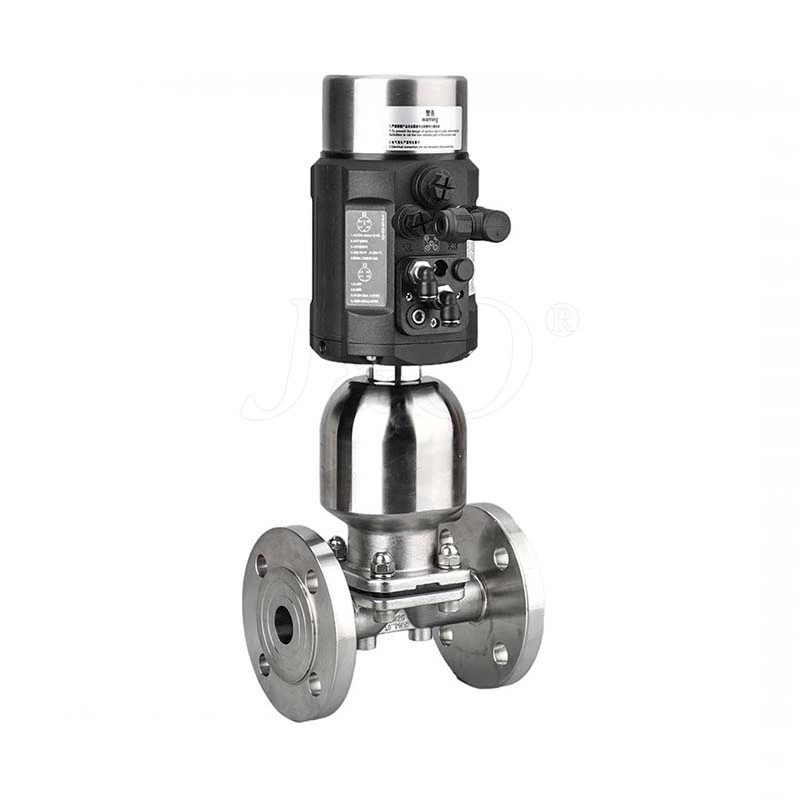Types And Selection Of Sanitary Diaphragm Valves
The types of Sanitary Diaphragm Valve mainly include straight-through, angle and soft-sealed diaphragm valves. When choosing, you need to consider the flow requirements, pressure conditions and medium characteristics.
Types of sanitary diaphragm valves
Straight-through diaphragm valve: It is the most common type. Its characteristic is that the fluid channel passes through the valve body in a straight line, which makes the fluid resistance small, and is suitable for occasions requiring large flux and high flow rate. In addition, the straight-through diaphragm valve has a simple structure, is easy to clean and maintain, and is very in line with sanitary requirements.
Angle diaphragm valve: The inlet and outlet are arranged at a 90-degree angle, which is suitable for situations where the space of the pipeline system is limited or the direction of the fluid needs to be changed. Angle diaphragm valves also have good sealing and hygienic performance, which can meet the needs of most sanitary applications.
Soft-sealed diaphragm valve: It uses elastic materials as seals, which have good elasticity and corrosion resistance. This valve is suitable for occasions with high requirements for sealing performance, such as corrosive media or high temperature and high pressure environments.
Selection of sanitary diaphragm valves
Flow requirements: clarify the maximum, minimum and normal working flow rates that need to pass through the diaphragm valve in the system, and select a sanitary diaphragm valve with the corresponding nominal diameter according to the flow range. The larger the flow rate, the larger the nominal diameter required.
Pressure conditions: clarify the working pressure range in the system, including normal working pressure, maximum pressure and minimum pressure. Select the diaphragm valve specifications that can withstand the corresponding pressure according to the working pressure.
Medium characteristics: consider factors such as the corrosiveness, viscosity and temperature of the medium. For corrosive media, it is necessary to select diaphragm valve materials and specifications with corresponding corrosion resistance; for media with higher viscosity, it is necessary to select diaphragm valves with larger specifications; diaphragm valves of different specifications may differ in high temperature or low temperature resistance.
In summary, there are various types of sanitary diaphragm valves, and when choosing, it is necessary to make comprehensive considerations based on specific application scenarios and needs.
